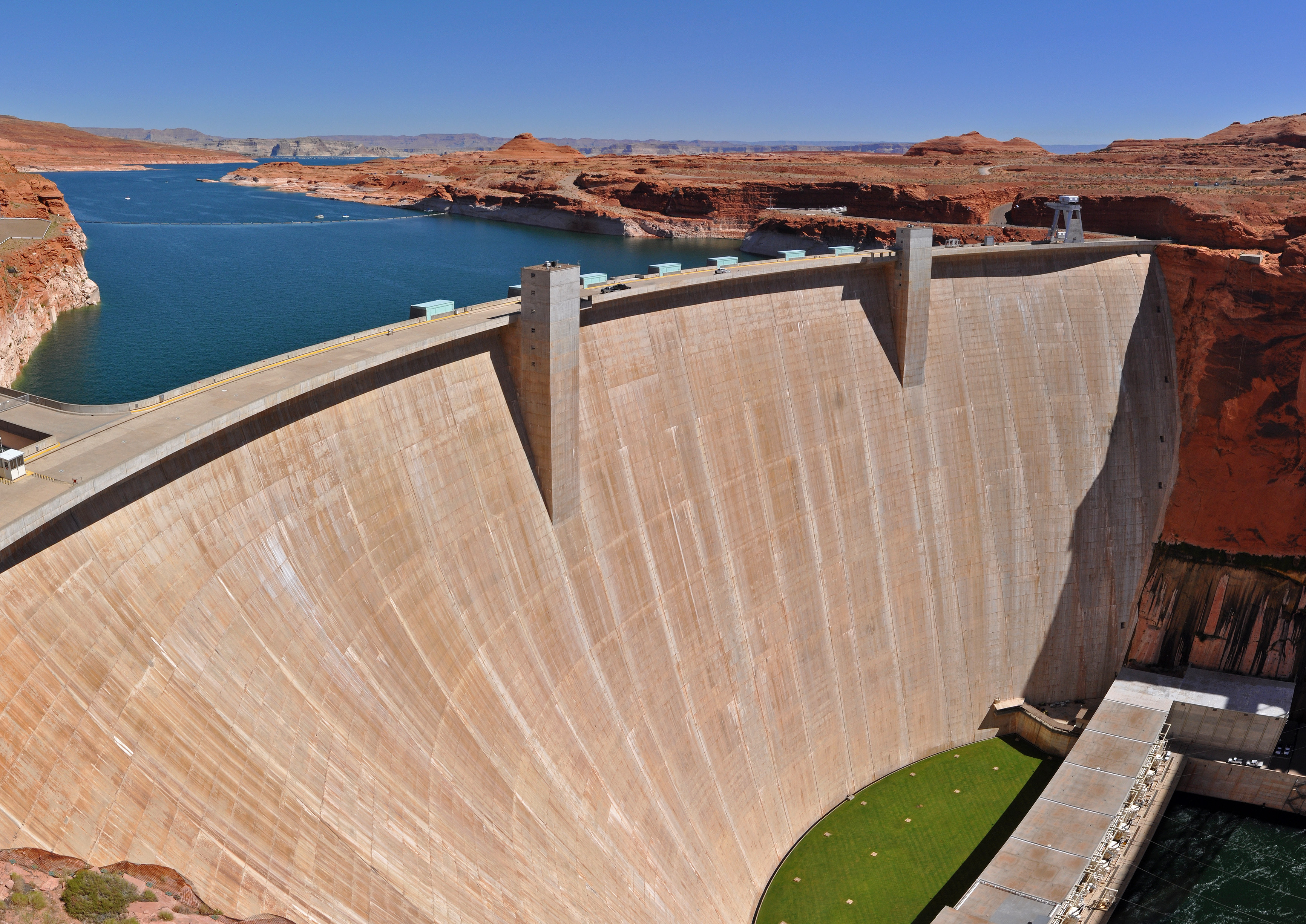Written by Ed Mortimer, Executive Director of Transportation and Infrastructure, U.S. Chamber of Commerce
Originally published on InsideSources.com
America’s infrastructure is aging and in dire need of modernization. The American Society of Civil Engineers, in its latest Infrastructure Report Card, graded the condition of our nation’s infrastructure as a D-plus overall. The report also estimated that government needs to invest $2 trillion over current spending levels for the next 10 years to modernize the system.
These challenges are significant, but they are not insurmountable. It’s promising that the Trump administration has been vocal about the need to rebuild and vastly improve our infrastructure, and Congress has also indicated its willingness to get to work on solutions. Without a doubt, it’s time for our leaders in Washington to take charge and tackle the problem with stable funding and a long-term plan.
For years, the U.S. Chamber of Commerce has supported meaningful action to reinforce our once-unequalled infrastructure, and we’ve continued to offer a slate of potential solutions to prove it. Now comes the tough part: In order to turn ideas into action, America needs to make a significant commitment and investment. So how do we pay for it?
There are a number of answers to that question, including direct federal funding, revolving loan programs, tax-preferred financing, and public-private partnerships (known as P3s). The best infrastructure funding solution would make use of all of these options. And let’s not forget about the gas tax. It hasn’t been raised since 1993. It will take courage on the part of lawmakers to raise it, but it’s a common-sense option that should be on the table. Moreover, a long-term, sustainable source for funding the Highway Trust Fund should serve as the anchor for any plan.
Outside of increased federal investment, there is a great opportunity to encourage more successful private investment. From the I-495 Capital Beltway High-Occupancy Toll Lanes project in Fairfax County, Va., to the Port of Miami Tunnel, to the Eagle Public Transportation project in Denver and the 91 Express Lanes in Orange County, Calif., examples of successful, entrepreneurial, public-private projects abound.
Many nations understand that, in a globally competitive marketplace, private investment is a linchpin for economic development and innovation. Countries such as Saudi Arabia and Australia have expressed an interest in investing in American infrastructure. Unfortunately, according to Prequin, at the end of the first half of 2016, funds focusing on North American assets were sitting on $75 billion, still unused.
For now, we need to better leverage the tools that we have as we get down to business and develop policies that get this kind of equity off the sideline.
We have quite a few tools in our toolbox:
—Federal Loan Programs — Direct federal loans are a critical tool to bringing private capital to the infrastructure market. The most successful loan program, the Transportation Infrastructure Finance and Innovation Act, makes loans to highway and transit projects. With more resources in the Transportation Department’s Build America Bureau, more project sponsors will find it easier to use the program.
—Private Activity Bonds — Private Activity Bonds allow private-sector project sponsors to issue tax-exempt bonds when financing public-benefit infrastructure projects. There is currently a $15 billion cap on these issuances, but increasing or eliminating this cap will provide further incentive to increase private-sector investment in surface-transportation projects.
—Tax-Credit Bonds — There are several competing proposals to leverage private-sector investment by creating a new category of bonds, including Build America Bonds and Transportation and Regional Infrastructure Project Bonds. Many of the proposals would provide a tax credit in lieu of paying the bondholder interest. These can be used as an additional tool to supplement other financing and funding sources.
—Project Streamlining — By expediting permitting, modernizing procurement practices, promoting innovation and committing to project analysis that focuses on long-term risk management, the federal government can provide private investors greater certainty in the planning and approval processes. These critical reforms can also serve to encourage further private investment.
Here’s the bottom line: A long-term federal infrastructure modernization program, followed by greater investment by state, local and private actors, can engender the partnership necessary to ensure our nation has a 21st-century infrastructure network. But without a serious commitment from federal lawmakers, it’s going to be difficult to make the kind of progress demanded by the challenges we’re facing.
Private investment can and should be an important component of a plan to ensure that our nation’s infrastructure — and our economy — continue to grow and flourish.
About InsideSources
http://www.insidesources.com/
“InsideSources provides what the rest of the media stopped giving us long ago: a deeper look at the serious stories affecting our country and our world. True to our name, our news comes right from the inside sources—from the decision makers and wonks who understand the issues and shape our policies.”
Tags: Ed Mortimer, InsideSources, PPPs, Public-Private Partnerships, U.S. Chamber of Commerce







 RSS Feed
RSS Feed